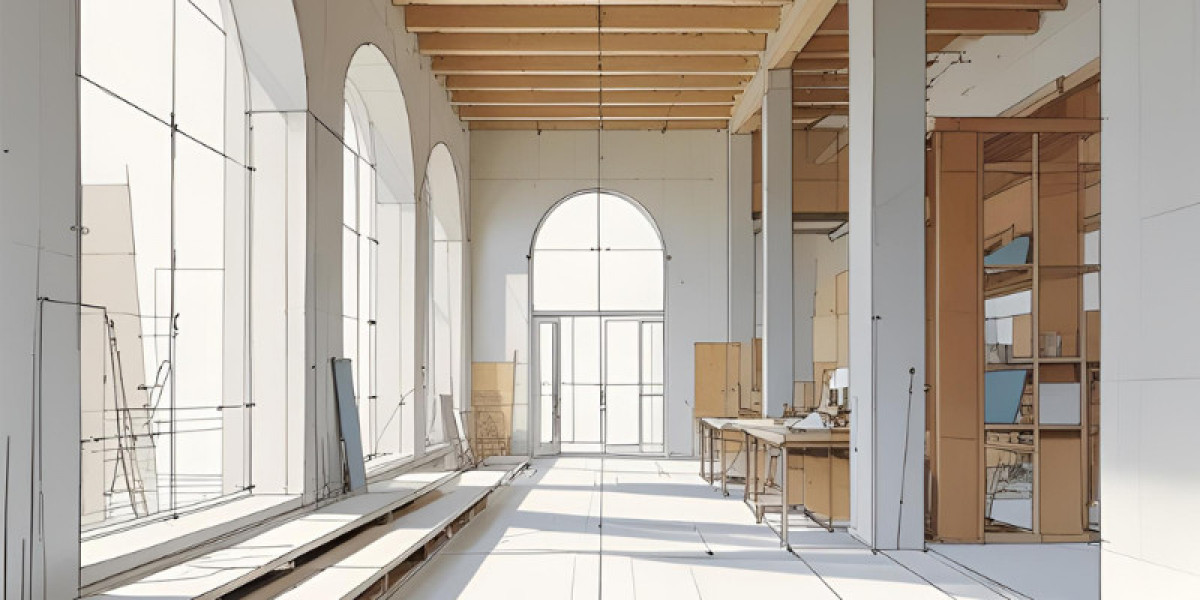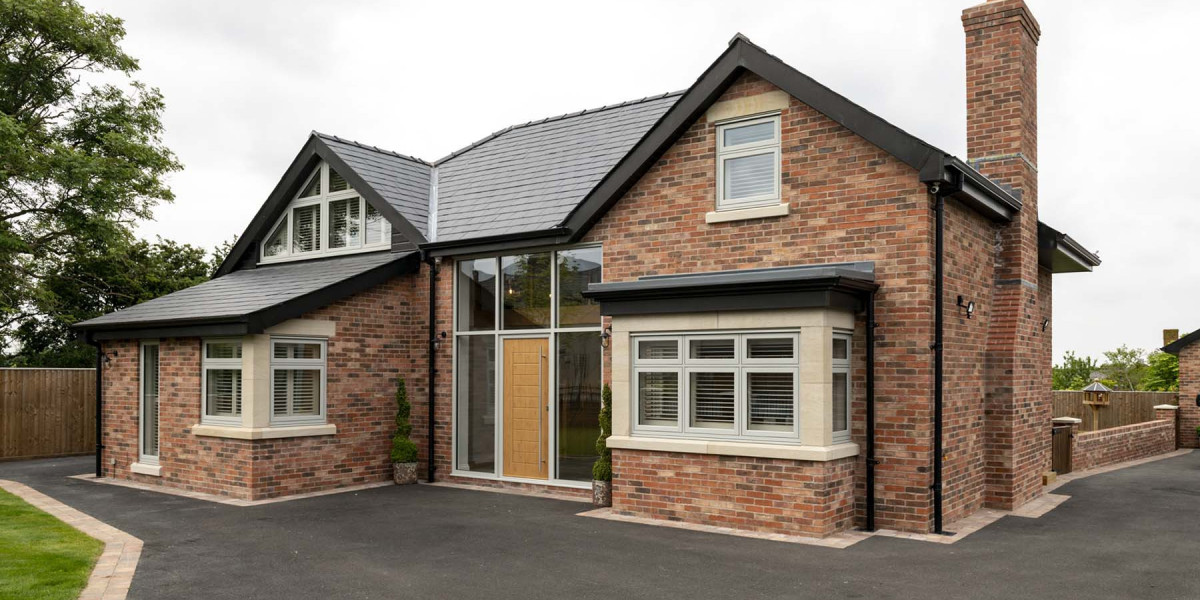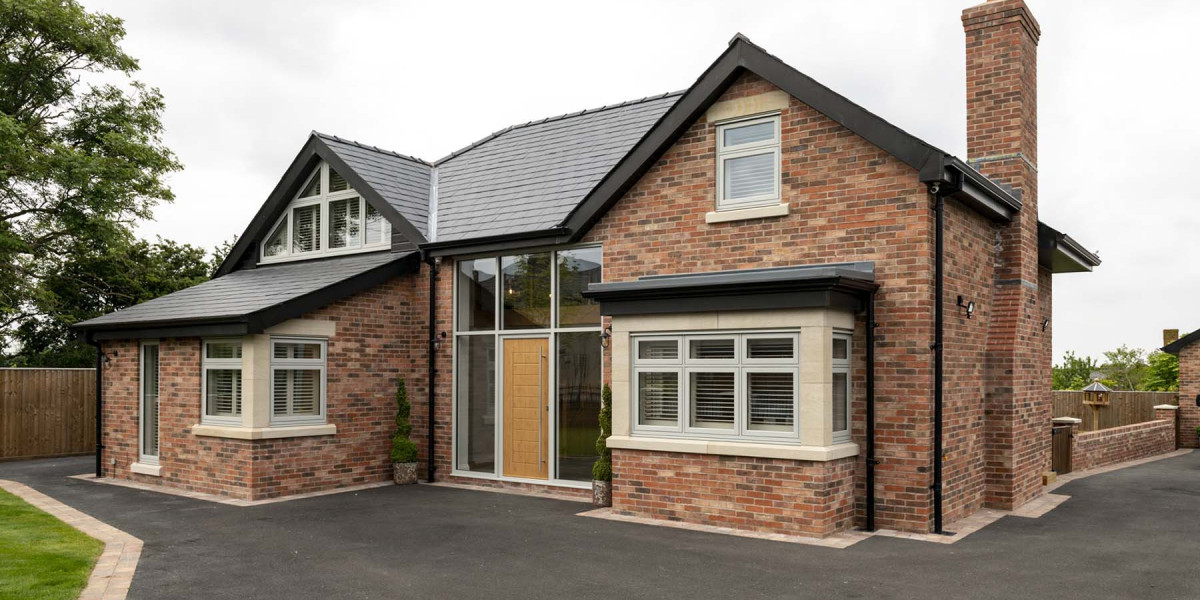The field of architectural drafting is undergoing a profound transformation. What was once a manual, time-intensive process involving pencil, paper, and scale rulers has now evolved into a digital, data-driven discipline. As technology rapidly advances, architectural drafting is stepping into a new era one shaped by artificial intelligence (AI), automation, and cutting-edge software tools. These innovations are not just enhancing productivity; they are redefining how architects, drafters, and engineers conceptualize, design, and communicate their ideas.
AI-powered tools can now generate preliminary floor plans, detect design flaws, and suggest optimizations with impressive speed and accuracy. Automation is streamlining repetitive tasks like dimensioning, annotation, and layer management, freeing professionals to focus more on creativity and problem-solving. Moreover, cloud collaboration, machine learning, and generative design are enabling a level of precision and customization previously thought impossible.
As we move beyond traditional CAD into this intelligent design ecosystem, the role of the drafter is becoming more strategic and tech-savvy. The future of architectural drafting is not just about drawing—it’s about designing smarter, faster, and more sustainably.
A Quick Look Back: Evolution of Drafting Tools
Architectural drafting has come a long way over the years. In the early days, architects and drafters used simple tools like pencils, T-squares, compasses, and drawing boards to create building plans. These drawings were done by hand and required a lot of time, patience, and skill. Every line, measurement, and detail had to be drawn manually, and making changes often meant redrawing entire sections.
In the mid-20th century, technical pens and blueprints became common, improving the accuracy and sharing of drawings. However, it was still a slow process that depended heavily on the drafter’s precision.
Everything changed in the 1980s with the introduction of Computer-Aided Design (CAD) software. CAD allowed drafters to create, edit, and store drawings on computers. This made the work faster, more accurate, and easier to revise. Tools like AutoCAD became the industry standard and are still widely used today.
As technology continued to grow, 3D modeling software like Revit and SketchUp entered the scene. These tools allowed drafters and architects to create detailed three-dimensional views of buildings, helping clients and builders better understand the design.
Now, we are entering a new era where AI and automation are taking over many repetitive tasks. Modern drafting tools can detect errors, offer suggestions, and even create design options automatically.
Looking back, it’s clear that drafting tools have evolved from simple hand tools to smart digital systems. This journey has made architectural design faster, more accurate, and more creative than ever before.
The Rise of AI in Architectural Drafting
Artificial Intelligence (AI) is quickly becoming a big part of architectural drafting. It is changing how building plans are created, reviewed, and improved. In the past, drafting was a manual task that took many hours. Today, with the help of AI, many parts of the process are faster, easier, and smarter.
AI tools can now help architects and drafters by doing repetitive jobs like labeling, checking dimensions, or placing objects in the right location. This saves time and reduces mistakes. AI can also analyze drawings and point out possible errors or design problems before they become costly issues during construction.
One of the most exciting things about AI in drafting is its ability to suggest design ideas. For example, some AI tools can offer different layout options based on the space, lighting, or budget needs. This helps designers explore more creative solutions and make better decisions early in the project.
Another benefit is that AI can learn from past projects. It can look at data from older designs and help improve new ones by finding patterns or best practices. This means every project can get smarter over time.
AI doesn’t replace the drafter or architect—it works with them. It handles the technical and time-consuming tasks, so humans can focus more on creativity and design thinking.
Overall, the rise of AI in architectural drafting is helping professionals work faster, make fewer mistakes, and bring smarter, more efficient designs to life.
Automation: Repetitive Tasks Get Smarter
In today’s world, automation is helping people do their work faster and better. One of the biggest changes automation brings is how it handles repetitive tasks. These are tasks that need to be done the same way every time, like data entry, sending emails, or updating spreadsheets. Doing these jobs by hand can be boring and take a lot of time. But now, smart machines and software can do them quickly and without making mistakes.
For example, in offices, software robots can enter data into forms, check for errors, and send updates—all without human help. In factories, machines can build parts or pack products with perfect timing. In homes, automation helps with things like turning lights on and off or setting the right room temperature.
What makes automation even smarter now is artificial intelligence (AI). AI allows machines to learn from past actions. So instead of just doing what they’re told, they can improve over time and even make decisions. For example, an AI-powered system can sort emails into folders or flag important ones for you to read.
This saves people time and lets them focus on more creative or complex work. It also reduces errors and increases productivity. While some worry that automation might take jobs, many experts believe it will also create new ones that need people to guide, program, and manage these smart systems.
Generative Design & Parametric Modeling
Generative design and parametric modeling are modern tools that help architects and designers create better and smarter designs. These tools use computer programs to explore many different design options quickly and easily.
Generative design works by setting goals and rules. For example, a designer can tell the computer what they want the building to do—like get lots of sunlight, use less material, or fit into a small space. The computer then creates many design options that meet those goals. It’s like having a smart assistant who comes up with hundreds of ideas based on your needs.
Parametric modeling is a way of designing that uses parameters or inputs, like height, width, or angle. When you change one input, the model updates automatically. This is very helpful because it saves time and keeps everything accurate. For example, if you change the length of a wall, the roof and floor can adjust with it. This makes it easier to test different ideas and see how changes affect the whole design.
Together, these tools make design faster, more flexible, and more creative. Designers can spend less time on small changes and more time improving the big picture. These methods also help in creating sustainable designs, as they allow testing energy use, material efficiency, and more.
The End Note
Architectural drafting is moving toward a smarter, faster, and more innovative future—driven by AI, automation, and advanced design technologies like generative design and parametric modeling. What was once a slow and manual process is now becoming a streamlined and intelligent workflow, allowing professionals to work with greater accuracy and creativity.
AI is reducing human error, automating repetitive tasks, and offering intelligent suggestions that help shape better design outcomes. Automation is freeing up time for designers to focus on problem-solving and big-picture thinking, while tools like generative design and parametric modeling are unlocking new levels of flexibility and performance.
This transformation doesn’t replace the role of the drafter or architect—it enhances it. As technology takes over the time-consuming parts of the job, professionals are becoming more strategic and impactful in their roles. The future of architectural drafting lies in embracing these innovations to design smarter, build more sustainably, and create spaces that are more responsive to human and environmental needs.








